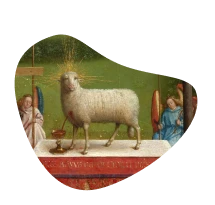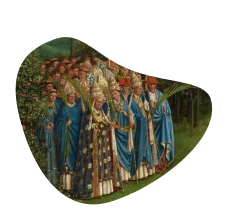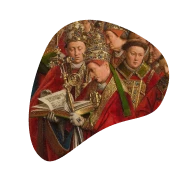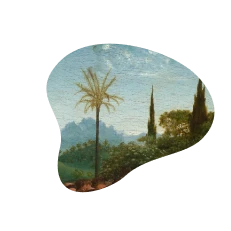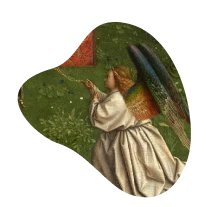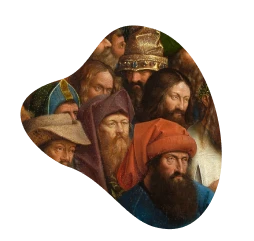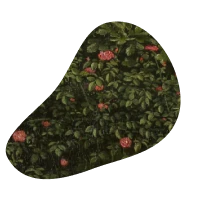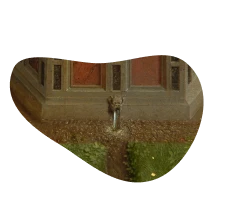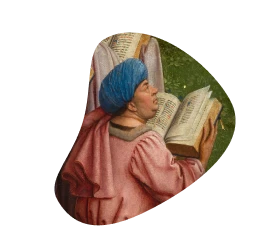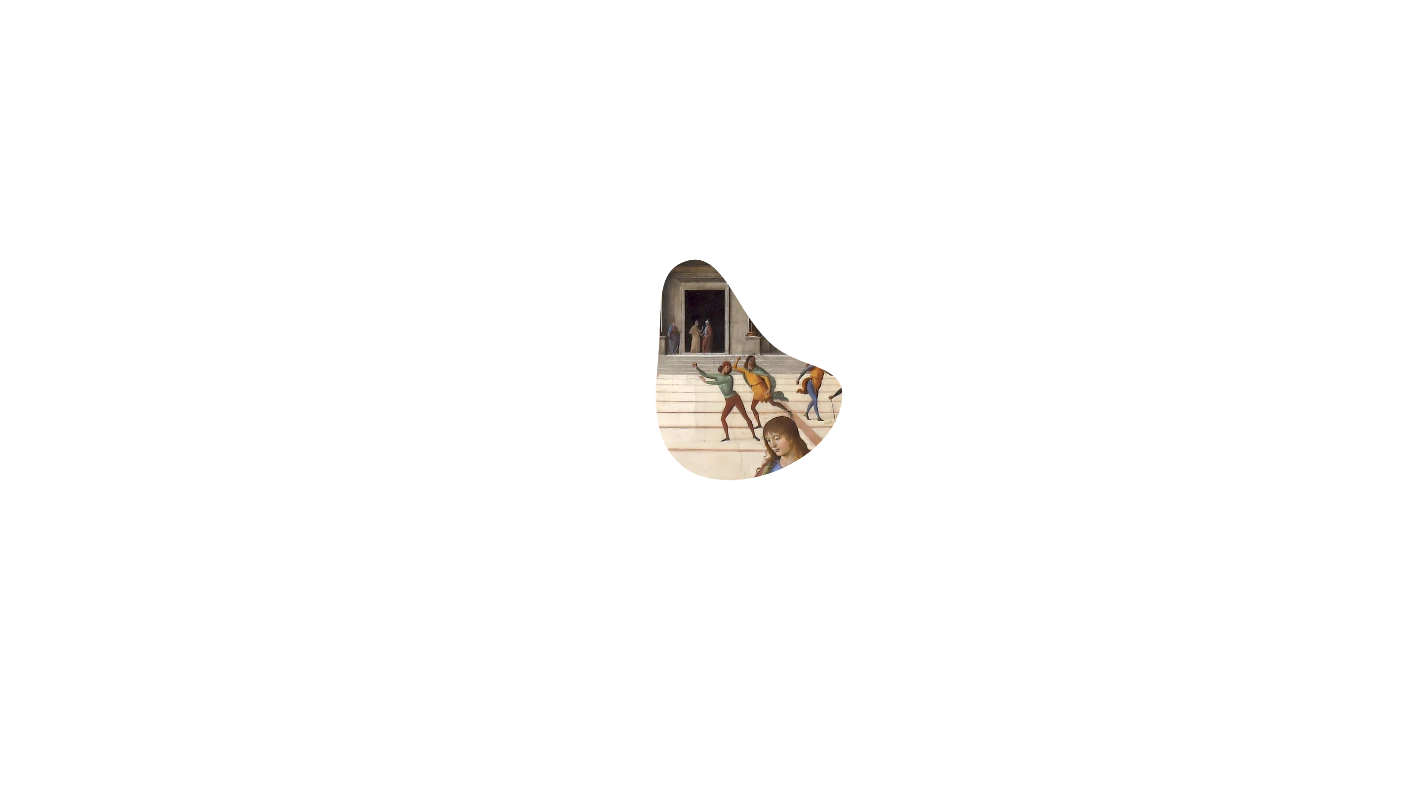If one believes in the characteristics often ascribed to the middle-period works of creative artists, Missa Ave maris stella illustrates many of them. Here is a mass based throughout on a famous chant melody, building to three canons in each Agnus Dei. The writing is smooth and assured everywhere, giving the impression that Josquin was relaxing with techniques he had tried out before, in a more youthful way. His handling of the chant melody “Ave maris stella” is a model of how to use motifs derived from a cantus firmus structurally over a long span. This is sometimes done in imitation, but the cross-references are so protean (one could almost say symphonic) that one comes away realizing there is little fat on these bones. My favorite piece of motivic tautness is the “Amen” of the Gloria. It only lasts nine bars but a whole world of perfection is there: the motif presented firstly as a duet, then a trio, then a pell-mell working in all four voices.

The Agnus immediately carries one off into a different space, the central motif turning over and over on itself like the music of the spheres.
So tight is the compositional argument that the Agnus Dei canons are upon the listeners before they realize it. In this sense the whole setting might well be called a Missa Brevis. Strangely, it is only in the Sanctus that Josquin allowed himself to expand the style, with an unusually long trio at “Pleni sunt caeli,” duets in the Benedictus and a big “Hosanna.” The Agnus then immediately carries one off into a different space, the central motif, which is well established by now, turning over and over on itself like the music of the spheres. This is surely Josquin at his most inventive and his most inspired.
© Peter Phillips / Gimell Records








